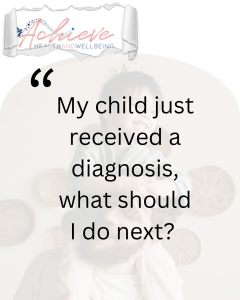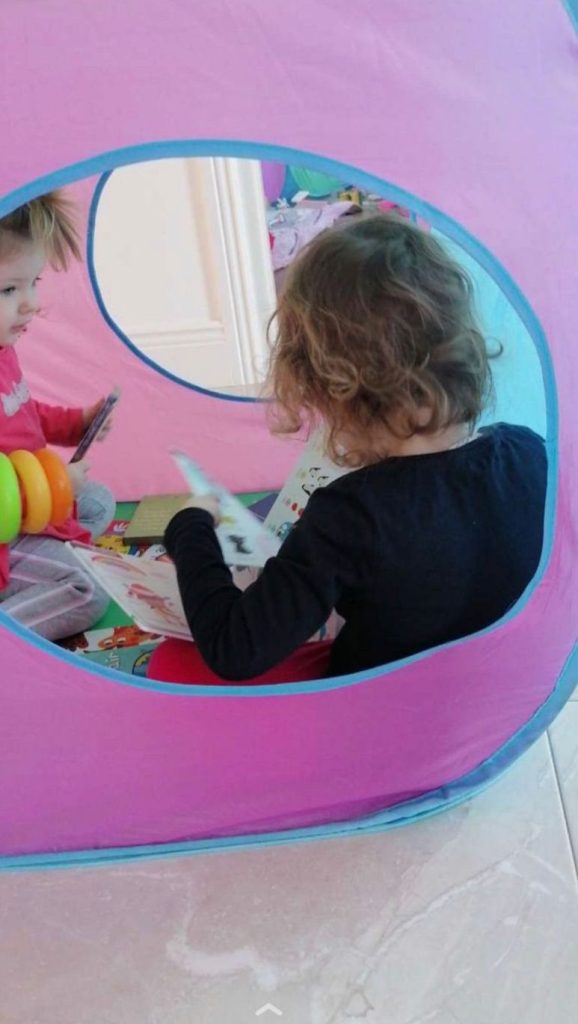10 Steps to Support Your Child After a Diagnosis: What to Do Next
Receiving a diagnosis for your child can bring a mix of emotions, relief, worry, or uncertainty about what comes next. This guide offers practical steps to help you navigate this journey with confidence and support.
- Take a Moment to Process
It is natural to feel overwhelmed. Allow yourself time to absorb the information and gather reliable knowledge. Every child is unique, and a diagnosis is just one aspect of who they are.
- Learn About the Diagnosis
Understanding your child’s condition can help you support them effectively. Reliable sources include:
- Your child’s healthcare provider
- National and local support organisations
- Educational and medical professionals

- Connect with Professionals
Your child may benefit from a range of professionals, depending on their needs:
- General Practitioner (GP) or Pediatrician – To discuss treatment options and referrals.
- Specialists (e.g., Occupational Therapist, Speech and Language Therapist, Psychologist) – To support specific needs.
- School Staff (Teachers, Special Educational Needs Coordinator, Teaching Assistant) – To create an individualised learning plan, IEP, IPP, 504 (these vary across the world).
- Local Support Services – Many communities offer services for children with specialised needs.
- Consider Social and Sensory Support
Many children experience social and sensory challenges alongside their diagnosis. Support may include:
- Social Groups – Programmes that help children build confidence, friendships, and social understanding.
- Sensory-Friendly Activities – Access to environments that accommodate sensory sensitivities, such as quiet shopping hours or adapted play sessions.
- Therapies – Occupational therapy or sensory integration therapy to support sensory processing and regulation.
- Communicate with Your Child
Your child may have questions or emotions about their diagnosis. Keep explanations simple and positive, focusing on their strengths and how they will be supported.
- Seek Support for Yourself and Your Family
You are not alone. Connecting with other parents or support groups can provide reassurance, advice, and encouragement. Consider:
- Parent support groups (local or online)
- Counselling or family therapy
- Advocacy groups for your child’s condition
- Respite services or well-being activities for family caregivers
- Explore Educational Support
If your child has learning or developmental needs, you may be entitled to additional school support. Speak with your child’s teacher about:
- Education, Health and Care Plans (EHCPs) or Individual Learning Plans
- Special Educational Needs (SEN) support in school
- Reasonable adjustments for learning and testing
- Build a Support Network
Surround yourself with a team of professionals, friends, and family who can offer practical and emotional support. Remember, advocating for your child is a journey, and you do not have to do it alone.
- Focus on Strengths & Celebrate Progress
Your child is more than their diagnosis. Recognise their strengths and achievements and encourage their unique abilities. Celebrate every small step forward.
- Helpful Resources
Take time to gather helpful resources to support your family’s well-being. Local family resource networks and community organizations can offer valuable guidance, connections, and practical support. Online forums can also provide a sense of community, helping you learn more about the diagnosis, explore treatment options, and discover effective strategies.
Visit www.achievehealthandwellbeing.com for more information and resources.







